Back to library
About this topic: Addition and Subtraction
As children begin to develop an understanding of numbers, addition and subtraction are some of the first maths concepts that they learn.
Learning to add and subtract is taught gradually in small steps. Most schools teach this between the first and fourth years of primary school.
The important ideas in Addition and Subtraction are gradually introduced, and built upon progressively. Here are some of those ideas.
Combining
In the early years, your child will learn that addition involves the joining or combining of two or more collections.
For example, a group of 2 cups and another group of 2 cups can be put together and added to find the total of 4 cups.
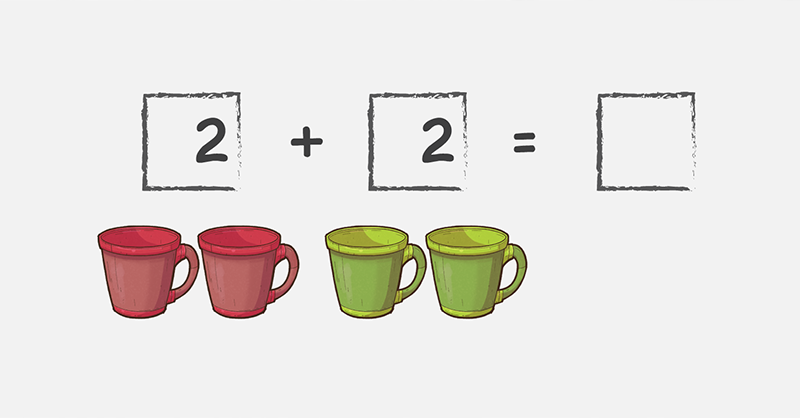
Separation
They will also learn that numbers can be separated. Separating a quantity from a group means to 'take away' or subtract.
For example, 5 cups take away 2 cups is 3 cups left.
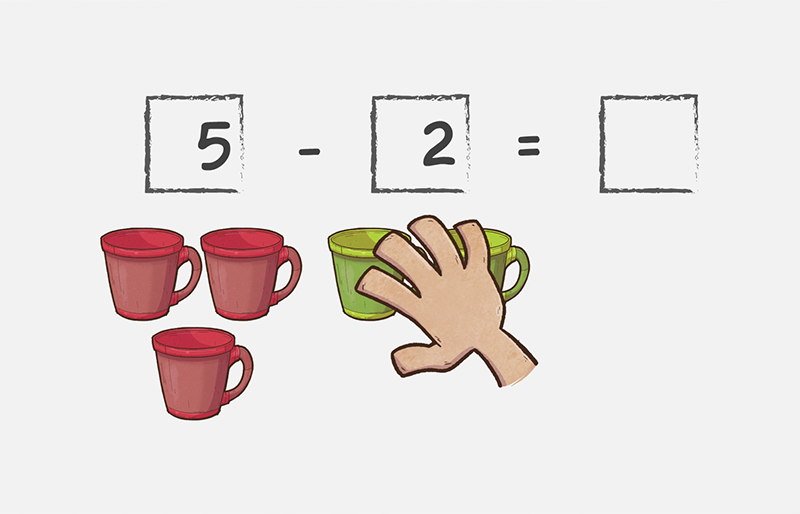
Comparison
Numbers can be compared by noting the difference between the two. The difference can be determined by either addition or subtraction.
For example, the difference between 7 and 2 is 5. You can take away 2 from 7 to find the difference of 5, or you can add onto 2 until you get to 7 and find the difference of 5.
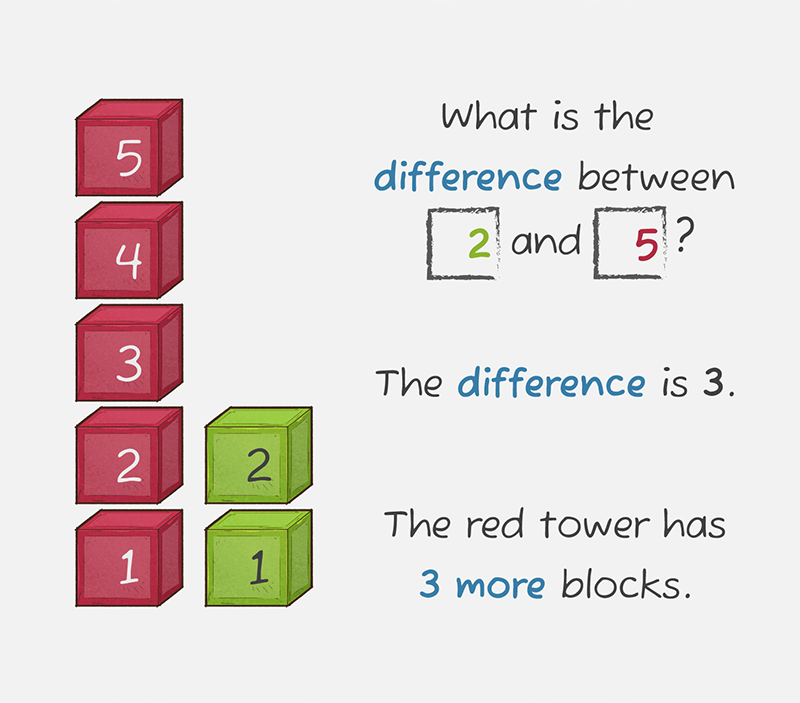
Partitioning
They also learn that numbers can be broken up or 'partitioned' in lots of different ways.
For example, 10 can be broken up into 5 and 5, 4 and 6, 2 and 8 (two parts) or 3, 3, 2, 2 (several parts) and so on. And going further, 92 can be broken up into 45 x 2 + 2.
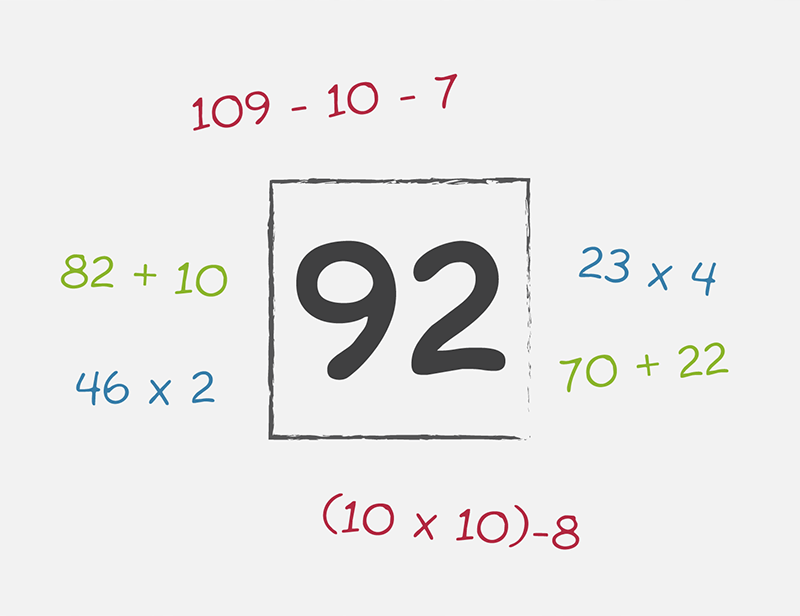
Part-Whole
They come to understand the idea of numbers consisting of a part-whole relationship.
For example, the whole is 10, the parts are 7 and 3, 1 and 9, or 3, 3, 2, 2 and so on). This is related to partitioning (described above).
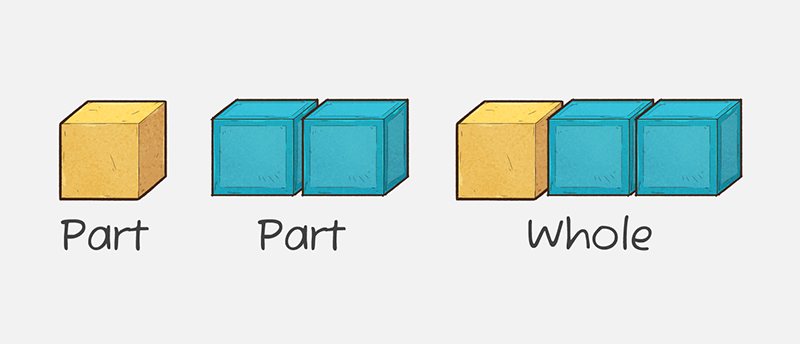
The role of zero
They need to also learn the idea that adding or taking away zero does not affect the number, the total or the outcome.
For example: 2 + 0 = 2 and 3 - 0 = 3.
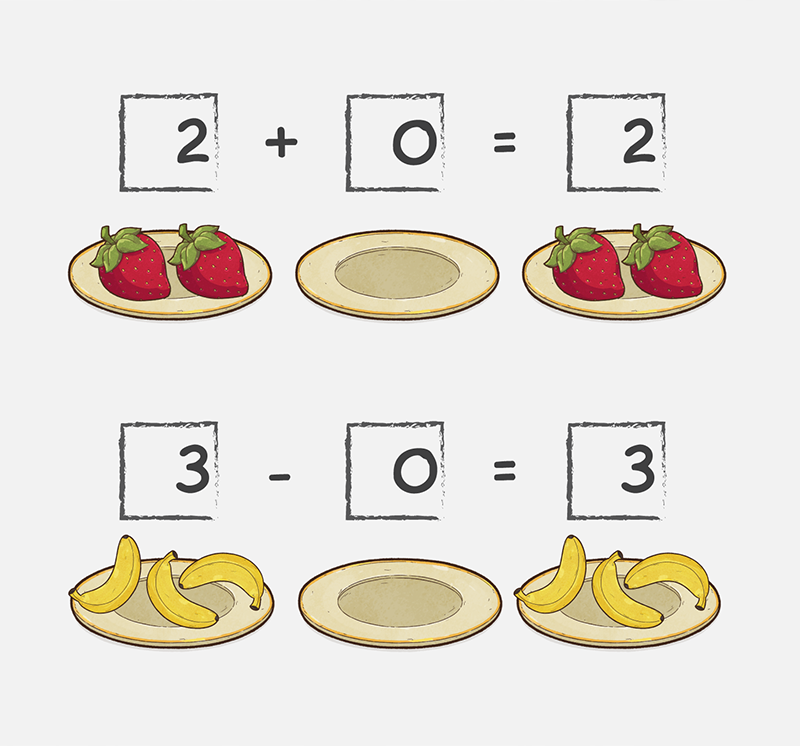
The order of addition
When adding two or more numbers together, the order in which these numbers are added does not affect the total.
For example:
(3 + 4) + 5 = 12
If you change the order of the numbers you're adding, the total is the same:
(4 + 5) + 3 = 12
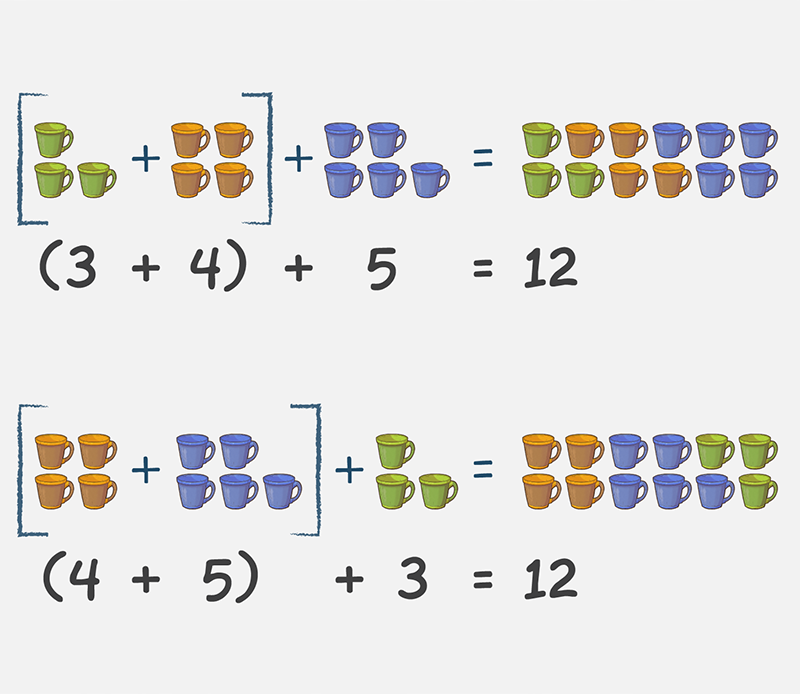
The relationship between addition and subtraction
Your child will also come to understand the relationship between addition and subtraction. One is the reverse of the other.
For example, 10 + 2 =12, 12 − 2 = 10 and so on.

The base ten system
When adding or subtracting with numbers that contain two or more digits, your child will need to understand that our number system is based on grouping quantities in tens (the base 10 system).
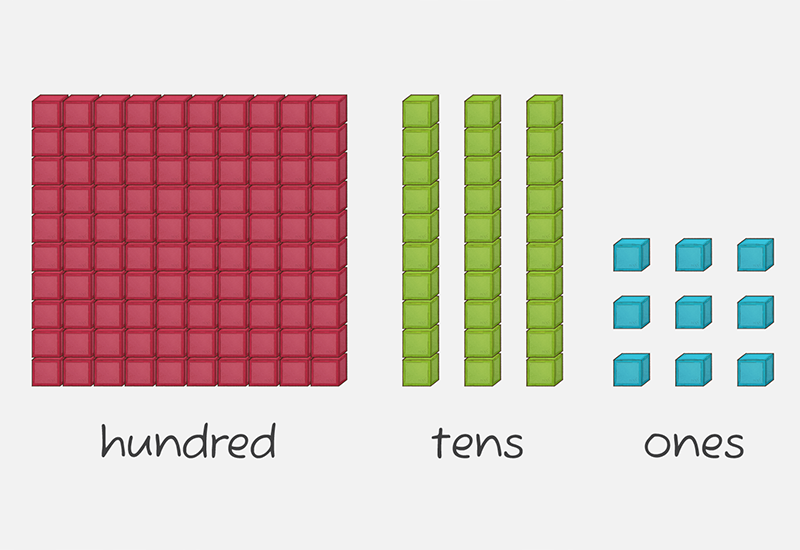
Digit position
Each place in a number has a value that is 10 times greater than the place to its right and one tenth of the value to the left.
For example, 345. The 3 stands for 3 hundreds (300), the 4 stands for 4 tens (40) and the 5 stands for 5 ones (5).
Understanding this will assist children with recognising and ordering numbers from smallest to largest.
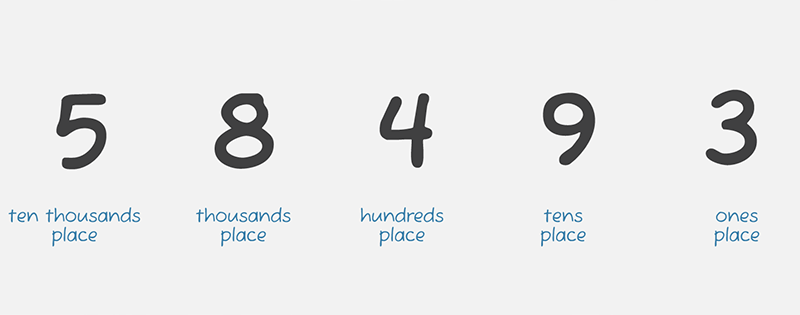
Summary
Your child will be exposed numerous times and in numerous ways to ensure that they gain a deep understanding of these basic concepts. An understanding of these concepts along with some strategies that are taught to your child in school will enable them to solve a range of addition and subtraction problems that include whole numbers of varying size, negative numbers and fractions and decimals.
